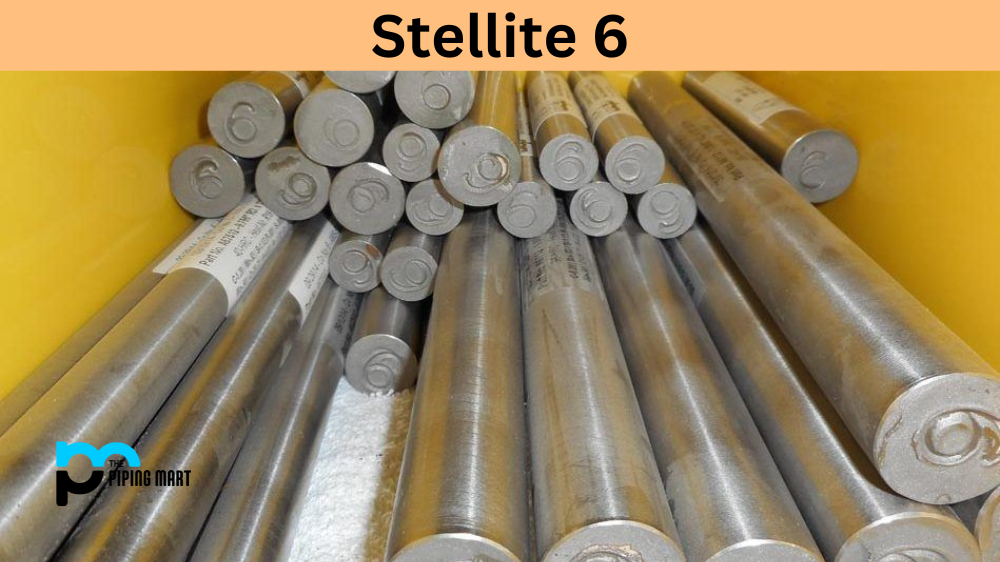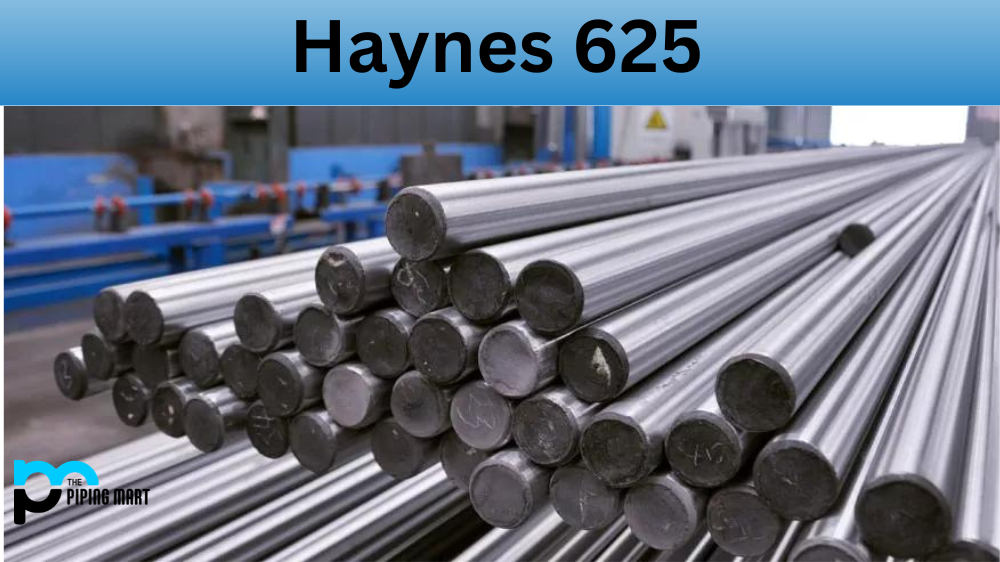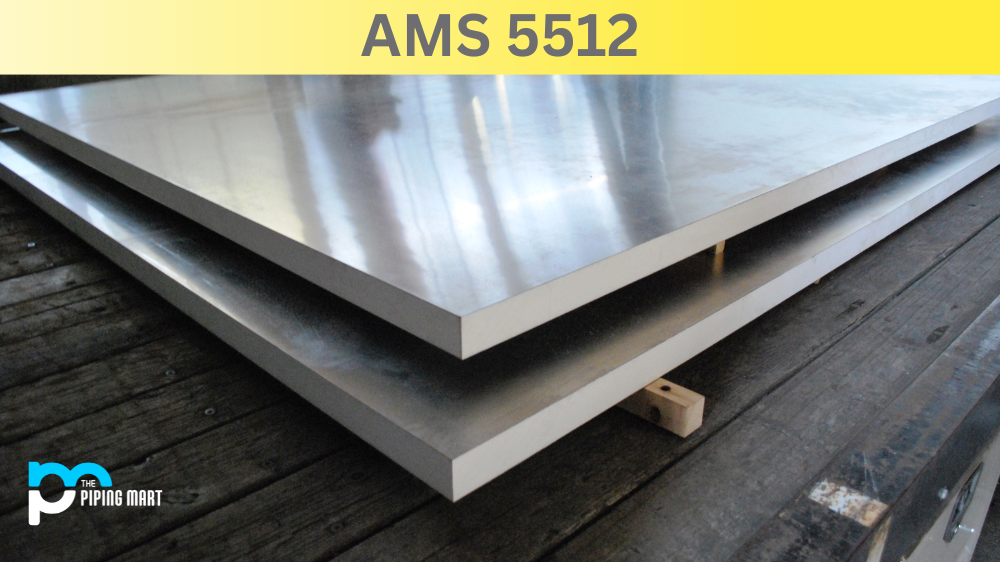Stellite 6 is a cobalt-based alloy known for its toughness, high wear resistance, and strength at high temperatures. It is famous for applications in demanding industries that must withstand extreme conditions. This alloy is used in various applications, such as industrial cutting tools, saw teeth, valves, and even orthopaedic implants. This blog post will cover everything you need about Stellite 6, including its composition, physical and mechanical properties, hardness, heat treatment, welding, and corrosion resistance.
Stellite 6 Composition
Stellite 6 comprises approximately 57% cobalt, 28% chromium, 6% tungsten, 5% nickel, 4% iron, and 4% manganese. It’s important to note that Stellite 6 is not a pure metal; it is an alloy that has been intentionally created to possess specific high-performance properties.
| Elements | Content |
|---|---|
| Cobalt, Co | 57% |
| Chromium, Cr | 28 – 32% |
| Tungsten, W | 11 – 13% |
| Carbon, C | 2 – 3 % |
| Silicon, Si | 1.20% |
| Iron, Fe | 1% |
| Nickel, Ni | 1% |
| Other | 1.50% |
Stellite 6 Physical Properties
Stellite 6 has a density of 8.6 g/cm3 and a melting point of 1300℃. It possesses excellent resistance to chemical corrosion and is known for its exceptional hardness and wear resistance.
Stellite 6 Mechanical Properties
Stellite 6 shows excellent mechanical properties, making it extremely tough and resistant to fracture and fatigue. It has a tensile strength of 1000 MPa and a yield strength of 800 MPa. Stellite 6 has a high modulus of elasticity, which means it is very good at resisting deformation under stress.
| Properties | Metric | Imperial |
|---|---|---|
| Density | 8.69 g/cm3 | 0.314 lb/in3 |
| Hardness, Rockwell C | 50-58 | 50-58 |
| Tensile strength | 1195 MPa | 173 ksi |
| Yield strength | 1050 MPa | 152 ksi |
| Modulus of elasticity | 230 GPa | 33.4×106 psi |
| Elongation at break | <1% | <1% |
Stellite 6 Hardness
Stellite 6 is known for its exceptional hardness, with a Rockwell C hardness range of 38-45. Thanks to this high hardness, Stellite 6 can withstand extreme wear and tear, even under high-pressure conditions. It is often used in applications where necessary to maintain keen cutting edges, such as cutting tools and worn parts.
Stellite 6 Heat Treatment
Stellite 6 is a hard alloy for machines, so it is typically produced using castings or powder metallurgy techniques. However, it can be heat-treated to remove residual stresses from casting or welding processes. It is important to note that Stellite 6 can be susceptible to cracks and deformation during the welding process. Therefore, using specialized welding techniques and following specific procedures is crucial to ensure the weld joints’ integrity.
Stellite 6 Corrosion Resistant
Stellite 6 is highly resistant to chemical corrosion, making it an ideal choice for applications in harsh environments. It is exceptionally resistant to pitting, crevice corrosion, and general corrosion damage, even in seawater. This ability to resist corrosion makes it ideal for use in parts and structures exposed to various chemicals, acids, and bases.
Conclusion
Stellite 6 is a highly versatile alloy with a range of high-performance properties, making it an excellent choice in almost any industry. Its toughness, wear resistance, and high strength at high temperatures make it a go-to choice for extreme conditions. However, it is essential to know its limitations regarding machinability and welding. In conclusion, if you are looking for a material that can withstand the most demanding environments, Stellite 6 is undoubtedly worth exploring.

Meet Bhavesh, a seasoned blogger with a wealth of knowledge and experience. From metal products manufacturing to retail, Bhavesh has a diverse background in various industries and is dedicated to sharing his insights and expertise with readers.




